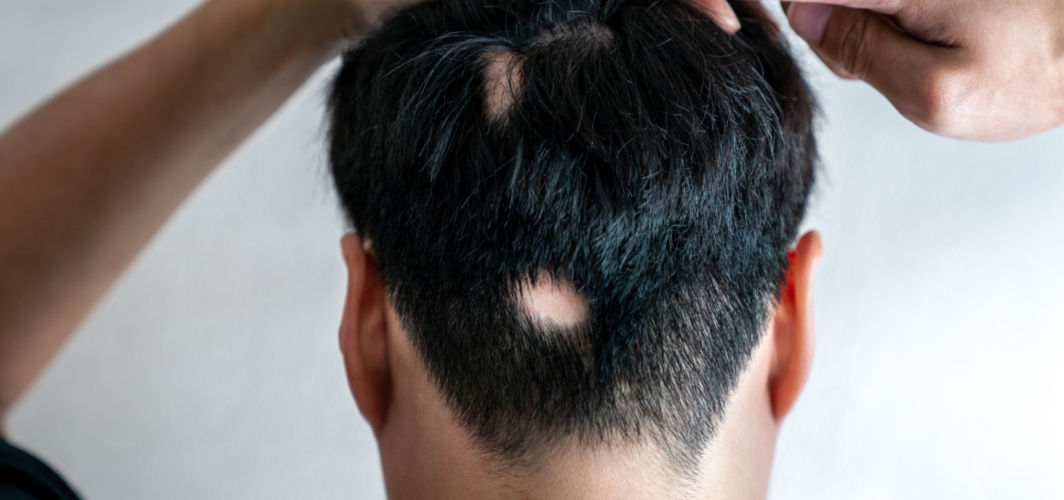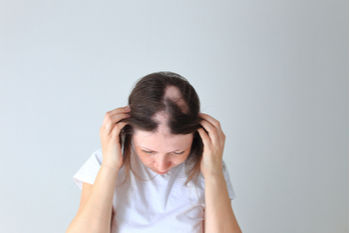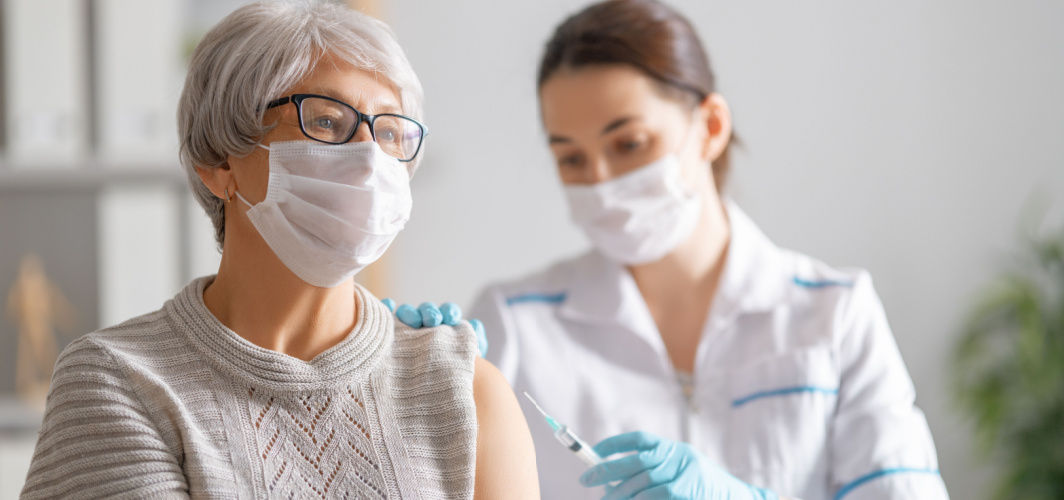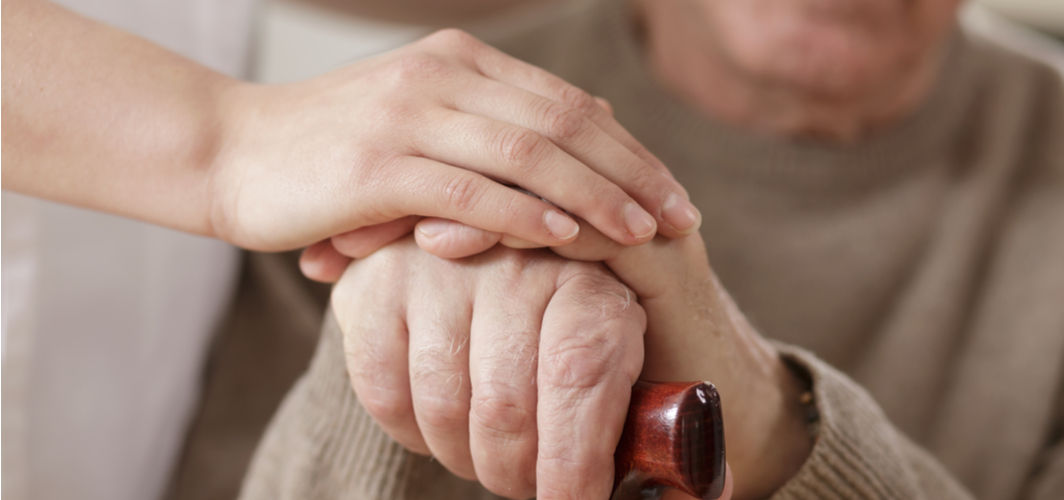General Health
Losing Hair In Patches? It Can Be This Disease!
5 min read
By Apollo 24|7, Published on - 18 July 2022, Updated on - 27 May 2023
Share this article
0
1 like

Alopecia areata can be tough not only on your hair but also on your mental and emotional health. It challenges your perception of self and the world you are connected to. This autoimmune condition doesn’t distinguish between race, culture, colour or gender. Women more often than not are dealt with a harder hand, given the social stigma and tough maintaining beauty standards passed from generation to generation.
Alopecia areata, more commonly known as alopecia, an autoimmune disease in which the body's misguided immune system attacks the hair follicles resulting in hair loss. This disorder mainly affects the scalp and the facial hair but is not limited and may further affect other areas like eyebrows, eyelashes, beard, nasal hair and pubic hair (rarely). It might also deform nails, turn them red, brittle and pitted. Alopecia is not curable, but it can be treated to regrow the hair. The disease can occur at any age, but to define parameters for better understanding, it would be safe to put childhood and teenage to be the most susceptible years to trigger the disorder.
What Causes Alopecia Areata?
The doctors don’t yet know the exact cause of the disease and how it results in hair fall, but researchers most definitely point to certain abnormalities of the immune system (due to genetic disposition) that get triggered by the environment. Alopecia areata is painless and is a non-life-threatening disease, other than hair fall and nail deforming symptoms, patients can live a long, healthy and fulfilling life. Factors that may put you at risk for alopecia:
- Genes and hormones
- Pernicious anaemia
- Asthma
- Down syndrome
- Vitiligo
- Thyroid issues
- Nutritional deficiencies
- Hay fever
- Medication
- Stress
- Childbirth
- Physical trauma
What are the signs and symptoms of alopecia?
On average we all lose about 50 to 100 strands of hair each day, which are then replaced by new ones periodically. A sudden excessive hair loss points to the possibility of alopecia. The symptoms and their intensity can vary from person to person but the most common ones include:
- Small bald patches on the scalp and body
- Receding hairline
- Thinning scalp hair density
- Thinning of eyebrows, lashes and facial hair
- A cluster of small patches that may grow together into a bald spot
- Simultaneous fall and growth of hair
- Dramatic hair loss over a short period of time
- More hair loss in cold weather
- Fingernails and toenails become brittle
- White or red spots on the nails

What are the different types of alopecia?
Depending on the type of hair loss alopecia can be divided into:
1. Alopecia Areata Totalis: In this type, the person experiences complete baldness, which can begin suddenly with isolated small patches of hair loss resembling localised alopecia and then in a matter of days, it can cover the entire head resulting in baldness.
Cause: Genetic predisposition and stress
Symptoms: Random bald patches growing rapidly, brittle nails
2. Alopecia Areata Universalis: It is an aggressive form of the disease, where hair loss is experienced over the entire body including eyebrows, lashes, nasal hair, pubic hair and so on.
Causes: Genetic predisposition and stress
Symptom: Random bald patches
3. Alopecia Areata Incognita: Also called diffuse alopecia areata, in this type, the person experiences sudden thinning of the hair that affects the scalp in even distribution. This type of alopecia is usually reversible and can also go through periodic loss and restoration cycles.
Cause: Telogen effluvium
Symptoms: Aggressive hair fall
4. Ophiasis Alopecia Areata: Often seen in young adults, this type of alopecia causes hair loss in bands; on the sides and back of the head (called the occipital region). This subtype of the disease is more difficult to treat as it responds to medication very slowly.
Cause: Misguided immune system
Symptoms: Hair loss in a snake-like pattern, thinning of nails, lack of lustre and white spots on nails
Can we prevent alopecia areata?
No. Since the cause of the disorder is still unknown, alopecia cannot be prevented. In alopecia areata, hair loss and regrowth are very unpredictable and cyclical. However, the good news is that the hair follicles remain alive irrespective of the type of the condition, technically which means hair regrowth is a good possibility even after years of hair loss.
How is alopecia areata diagnosed?
For crystal clarity, alopecia areata is not curable but its hair loss symptoms are treatable for regrowth. Dermatologists start diagnosis by studying or observing your
- hair loss pattern
- medical history
- family medical history
- hairless areas of the scalp for smoothness and peachy ting
- hair strand under a microscope to observe its shape and health
- skin (scalp) through biopsy test
- blood sample to look for other autoimmune diseases
How is alopecia areata treated?
Depending on factors like your hair loss pattern, medical history, family history and so on the doctors will prescribe an effective course of treatment that may include therapy like contact immunotherapy which triggers an allergic reaction for hair to grow. Apart from this, there are:
- Oral and topical corticosteroids
- Hair solutions and shampoos containing minoxidil
- Topical creams containing anthralin
- Topical immunotherapy with diphencyprone (DPCP) and squaric acid dibutylester (SADBE)

Hair is an undeniable part of human personality, loss of which can alter the perspective of one’s life for the worse. Therefore, we should always be sensitive and empathetic towards those who are affected by alopecia. Moreover, early diagnosis and prompt treatment can help manage the symptoms efficiently. For more information,
Consult an Apollo Dermatologist
Medically reviewed by Dr Sonia Bhatt.
General Health
Leave Comment
Recommended for you

General Health
Why Adults Should Get Vaccinated?
Discover the crucial reasons why adult vaccination is essential for personal and public health. Stay protected and informed.

General Health
Apollo 24|7’s WhatsApp To Order A Boon For Users! Ordering Medicines Is Now Effortless
The WhatsApp to Order feature is increasingly becoming popular among the masses for the ease of ordering medicines online. It also simplifies the process of booking a lab test online.

General Health
What Is Parkinson’s Disease: Are You At Risk?
Parkinson’s is a progressive disease that can adversely affect your physical and mental wellbeing.
Subscribe
Sign up for our free Health Library Daily Newsletter
Get doctor-approved health tips, news, and more.
Visual Stories

Science-backed Home Remedies for Burns and Blisters
Tap to continue exploring
Recommended for you

General Health
Why Adults Should Get Vaccinated?
Discover the crucial reasons why adult vaccination is essential for personal and public health. Stay protected and informed.

General Health
Apollo 24|7’s WhatsApp To Order A Boon For Users! Ordering Medicines Is Now Effortless
The WhatsApp to Order feature is increasingly becoming popular among the masses for the ease of ordering medicines online. It also simplifies the process of booking a lab test online.

General Health
What Is Parkinson’s Disease: Are You At Risk?
Parkinson’s is a progressive disease that can adversely affect your physical and mental wellbeing.